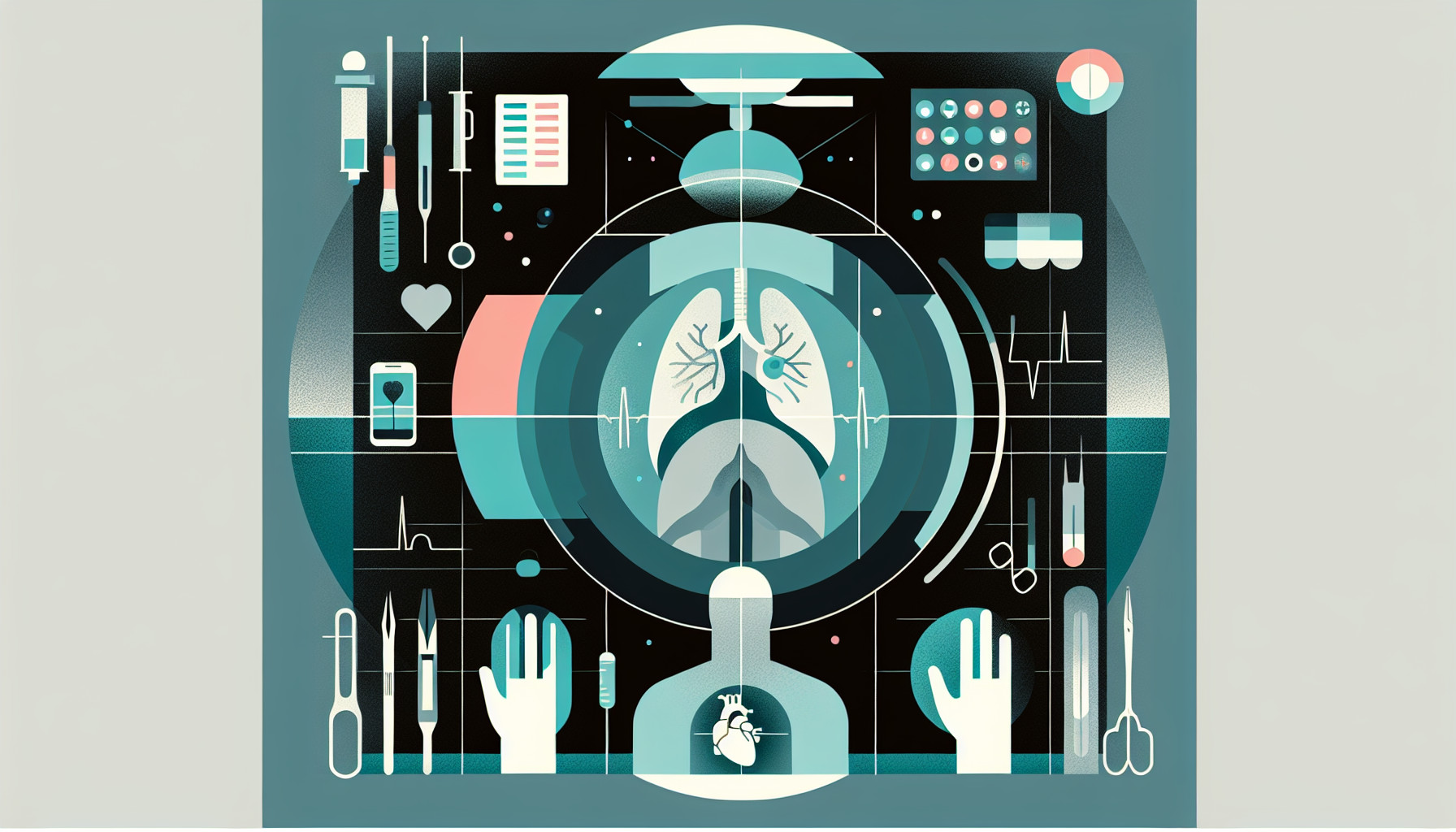Our Summary
The research paper discusses a new method for nipple reconstruction which tackles the common problems of scarring and loss of shape over time. The method involves using a 3D-printed, biodegradable scaffold made from a material called Poly-4-Hydroxybutyrate (P4HB). This scaffold is filled with the patient’s own cartilage (specifically costal cartilage, which is found in the rib cage) and then implanted. Over a period of six months, new tissue grows around this scaffold, creating a reconstructed nipple that maintains its shape better than previous methods.
Interestingly, the researchers found that the scaffolds that were designed with a 3D network of the P4HB material (even without the cartilage filler) were absorbed the quickest by the body and encouraged the growth of healthy, fibrous tissue.
The research suggests that this new 3D-printed P4HB method for nipple reconstruction could be a promising option for future clinical use, as it can create nipples that are close to natural in terms of their physical properties and maintain their shape over time.
FAQs
- What is the new method for nipple reconstruction discussed in the research paper?
- How does the 3D-printed, biodegradable scaffold made from a material called Poly-4-Hydroxybutyrate (P4HB) work in nipple reconstruction?
- What benefits does the new 3D-printed P4HB method for nipple reconstruction offer compared to previous methods?
Doctor’s Tip
A doctor might tell a patient undergoing nipple reconstruction to consider this new method using 3D-printed P4HB scaffolds filled with their own cartilage as it may result in a more natural-looking and long-lasting reconstructed nipple. They may also advise the patient on proper post-operative care to ensure the best outcome.
Suitable For
Patients who may benefit from this new nipple reconstruction method include those who have undergone mastectomy as part of breast cancer treatment, individuals with congenital nipple abnormalities, or those who have experienced trauma or injury resulting in nipple loss. This method could also be suitable for patients who have previously undergone nipple reconstruction but are unhappy with the results due to scarring or shape changes.
Timeline
Before nipple reconstruction:
- Patient undergoes mastectomy surgery to remove breast tissue.
- Patient heals from mastectomy surgery, which can take several weeks to months.
- Patient decides to undergo nipple reconstruction to restore the appearance of the nipple.
During nipple reconstruction:
- Patient consults with a plastic surgeon to discuss options for nipple reconstruction.
- Plastic surgeon discusses the use of a 3D-printed P4HB scaffold for nipple reconstruction.
- Patient undergoes surgery to implant the scaffold filled with cartilage into the breast tissue.
- Patient undergoes a recovery period, which can involve some discomfort and swelling.
After nipple reconstruction:
- Over the next six months, new tissue grows around the scaffold, creating a reconstructed nipple.
- As the scaffold is absorbed by the body, the reconstructed nipple maintains its shape and appearance.
- Patient may undergo additional procedures or touch-ups to further refine the appearance of the nipple.
- Patient enjoys the restored appearance of the nipple, which can boost self-confidence and body image.
What to Ask Your Doctor
Some questions a patient should ask their doctor about this new method for nipple reconstruction include:
- How does the 3D-printed P4HB scaffold compare to traditional methods of nipple reconstruction in terms of scarring and shape retention over time?
- What are the potential risks or complications associated with using a biodegradable scaffold for nipple reconstruction?
- How long does the nipple reconstruction process take, from implanting the scaffold to fully healed results?
- Will I need multiple surgeries or follow-up procedures after the initial nipple reconstruction?
- How does the cost of this new method compare to traditional methods of nipple reconstruction?
- Are there any specific criteria or factors that make a patient a good candidate for this 3D-printed P4HB method?
- What is the expected recovery time and post-operative care for this type of nipple reconstruction?
- Can I see before and after photos of patients who have undergone nipple reconstruction using this new method?
- What type of anesthesia is typically used for this procedure, and what is the pain management plan during recovery?
- How long do the results of nipple reconstruction using the 3D-printed P4HB scaffold typically last, and are there any long-term considerations to be aware of?
Reference
Authors: Dong X, Premaratne ID, Sariibrahimoglu K, Limem S, Scott J, Gadjiko M, Berri N, Ginter P, Spector JA. Journal: Acta Biomater. 2022 Apr 15;143:333-343. doi: 10.1016/j.actbio.2022.02.040. Epub 2022 Mar 1. PMID: 35240316
